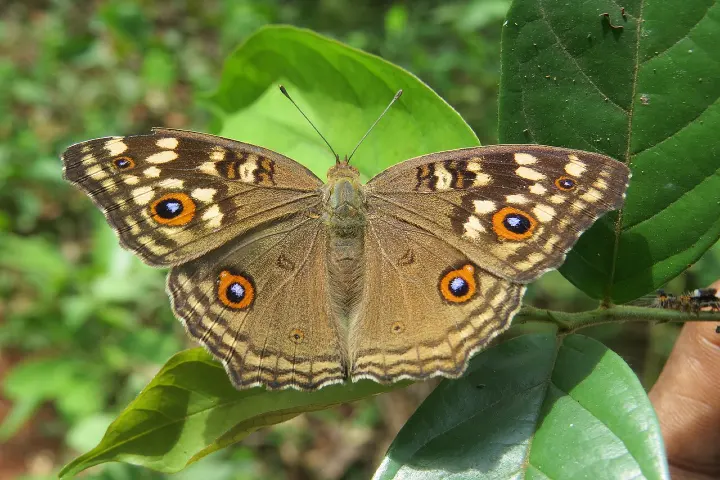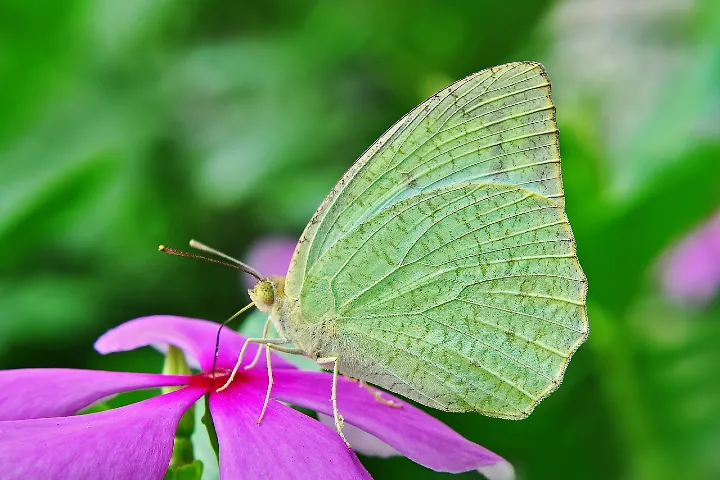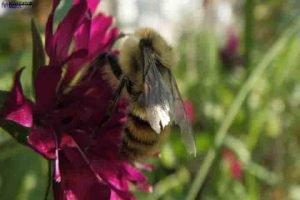There is good news for Delhi and National Capital Region’s wildlife enthusiasts as the biodiversity here are demonstrating that they are good habitats for butterflies. This emerged from the butterfly assessment week that was conducted in seven parks which showed 76 species of these insects while last year there were 71.
Butterflies and bees are vital for the ecosystem as they are pollinators and play an important role in regeneration of forests and green areas. Interestingly, butterfly habitats also help in attracting bees.
Among the parks, the highest number – 68 — of butterfly species was spotted at the Aravalli Biodiversity Park, Gurugram. In 2018 ABP showed 54 while in 2017 it was 40 species. Besides Aravalli, the Kamla Nehru Ridge which is close to Delhi University’s North Campus, also registered a hike in the number of species — from 38 in 2017 to 59 in 2022.
This year a total of 5,922 butterflies were counted by the teams which included the scientists at the biodiversity parks, volunteers, students and teachers. The scientists informed that the insects become active after 10.30 a.m. when the temperature rises.
The maximum number of butterflies were found in the species Mottled emigrant, Common emigrant, Plain Tiger, Lemon pansy and Common grass yellow. Smaller butterfly species like the Indian skipper that are found near grass were also spotted.

Butterflies are very good indicators of the habitats they live in as they are sensitive to changes in it. Talking on this aspect, Faiyaz Khudsar, who is the scientist in-charge of Biodiversity Parks Programme said: “When it comes to climate change, over time there is a slight range shift, where species try to leave some places. But that has not been the case with butterflies at the biodiversity parks, since a diverse habitat has been created.”
Explaining this, Khudsar added that as the Yamuna Biodiversity Park is located along the floodplain, butterflies find space among the grasses if the temperature shoots up outside, giving them their own niche.
To attract the butterflies, conservatories which are specific habitats also have been created in some parks. Both Kamla Nehru Ridge and Aravalli have such conservatory.
A conservatory is an enclosure with a mesh that enables butterflies to enter and leave while protecting them and the plants bearing nectar from monkeys.
While thick tree canopies provide shade and moisture for these insects, open grasslands provide them space.




















